There’s only an excellent explanation for having the fanciest or most costly cooking hardware available if you have the foggiest idea of how to cook and what needs to be understood before cooking.
The best solid metal skillet or plated cast-iron Dutch stove is comparable to the culinary specialist.
In any case, we can say nothing against utilizing quality hardware, as it makes work in the kitchen significantly more pleasant. Then again, a legitimate strategy can likewise compensate for not-so-great kitchen hardware. Getting your concocting plans to benefit as much as possible from your best kitchenware and essential cooking techniques is critical.
From braising and singing to stewing and stewing, each sprouting gourmet specialist has to know a couple of essential cooking abilities. Folks, let’s investigate the essential cooking strategies that should require some investment to learn.
Basic Cooking Techniques
Before we begin singing steaks and braising meat, we should inspect what we mean when saying ‘cooking strategies’ and see why unequivocally fundamental culinary techniques are so essential to dominate.
There are innumerable cooking styles, and strategies found all over the planet. Some types, like bubbling, are significantly more far-reaching than others, like Mexican Nixtamalization.
Some are cooking nuts and bolts, while others require such specialized information and abilities that even a Michelin-featured culinary expert would battle with them.
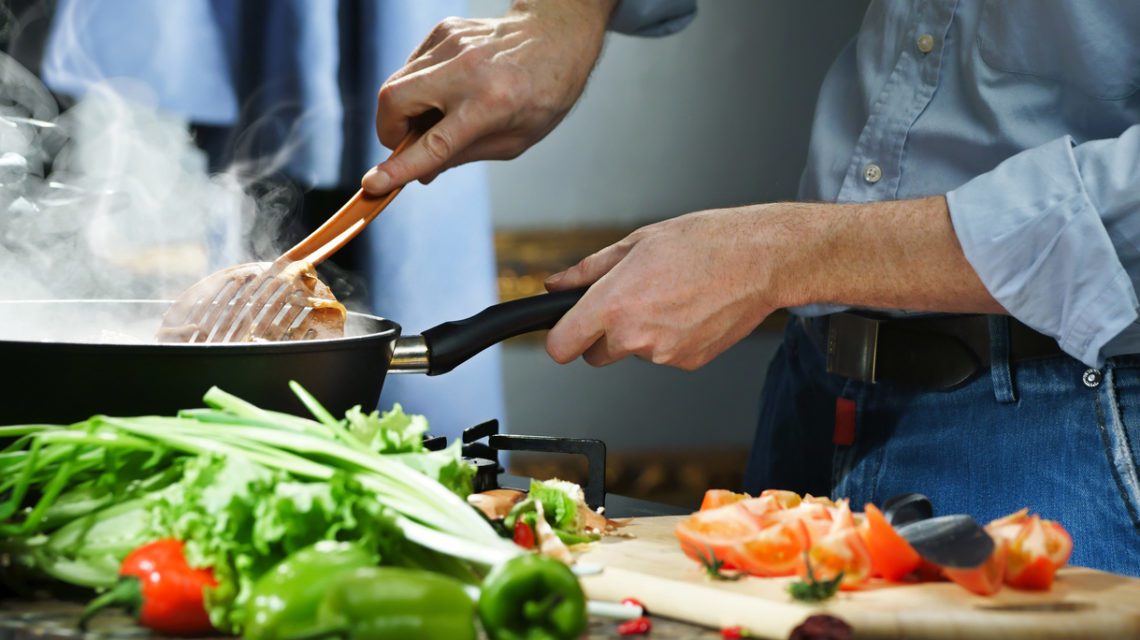
Cooking methods are continually advancing, yet certain staples give a solid spine for most kitchens and dishes worldwide.
These incorporate sautéing, steaming, or stewing. With an order of these fundamental cooking strategies, it turns out to be a lot simpler to begin cooking elaborate dishes utilizing a variety of elements of plans!
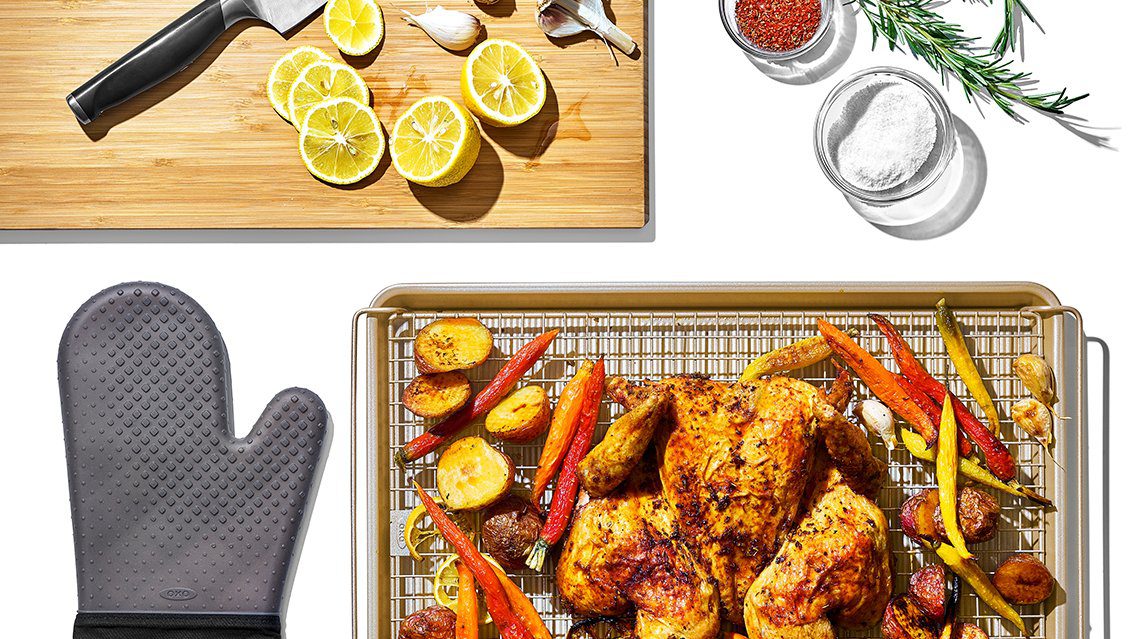
Thus, right away, here are the fundamental cooking strategies that each home culinary specialist needs to dominate.
1. Sautéing
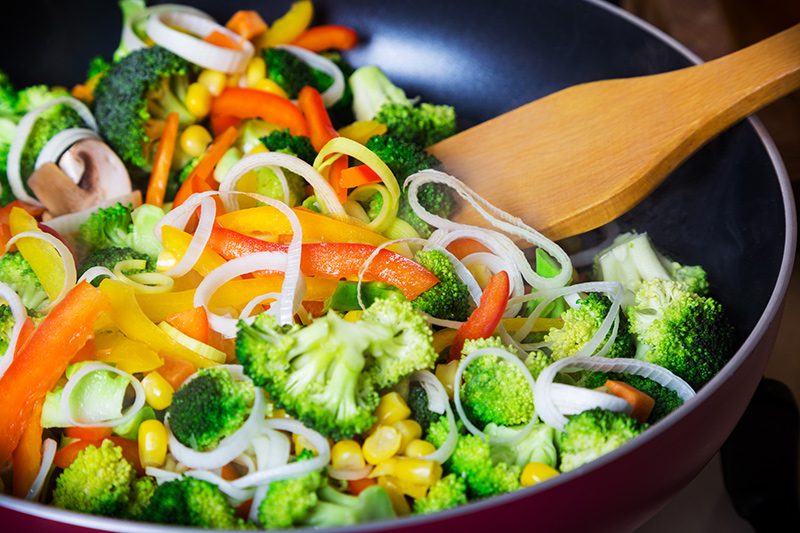
- Sautéing is an exemplary cooking procedure you probably know how to do! You’ve most likely sautéed on various events, regardless of whether you know the specific definition before understanding this.
- Sautéing is a type of shallow singing, where high hotness is applied to a skillet or container to cook fixings rapidly in oil or spread. The word Sauteed is French. It generally interprets English as ‘to bounce.’
- The name comes from the actual cycle, as while the fixings are roasted in the shallow skillet, they should be thrown. This prevents the fixings from consuming and, all the more likely, coats them in oil or margarine.
- You can sauté many fixings, including meat, fish, and vegetables. Sautéed shrimp in garlic spread is especially delightful, as are daintily sautéed vegetables like leeks, onions, or mushrooms.
2. Bubbling

- Aside from cooking on an open fire, Bubbling presumably is one of the most antiquated cookery procedures today. Indeed, bubbling is genuinely fundamental expertise to master (and, fortunately, relatively simple as well).
- Bubbling is the method of preparing food in steaming hot water heated to boiling (implying that the water has reached or almost reached its limit). Water is bubbled in a skillet or pot, generally on a burner. Food is then positioned in the water and left to cook through.
- Numerous fixings need bubbling, the most well-known being pasta or specific vegetables. For example, to make pureed potatoes, you first heat the potatoes. Bubbling is additionally used to produce meat and vegetable stock by passing on fixings to splash into a store.
3. Stewing

Stewing is a type of bubbling, yet it’s essential to know the distinction between them. While bubbling includes cooking fixings in water that are close to its edge of boiling over, stewing is done at a lower temperature (yet in the water or other fluid).
The thought behind stewing is that the hot fluid doesn’t arrive in a bubble. To give some examples, we can stew stocks, soups, and stews.
Stewing is an effective learning method as it permits you to gradually cook stocks and sauces, delivering more flavors and decreasing the fluid without consuming it.
4. Broiling
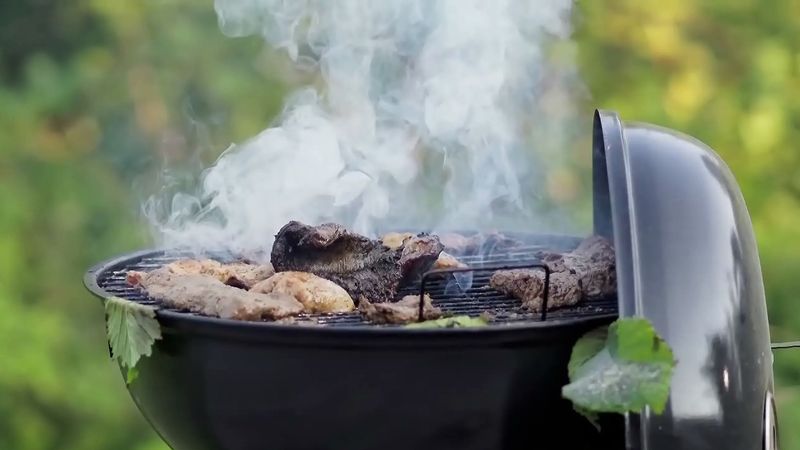
Broiling (otherwise called baking) is a fundamental cooking method for any hopeful culinary expert to dominate. We most regularly partner broiling with the traditional meal supper.
Like chicken or hamburger, the meat will be cooked close to vegetables, like potatoes and carrots.
Simmering is an uncomplicated process, but achieving the appropriate temperatures and durations requires experience. If the heat is too high, the outer layer may burn while the inside remains uncooked.
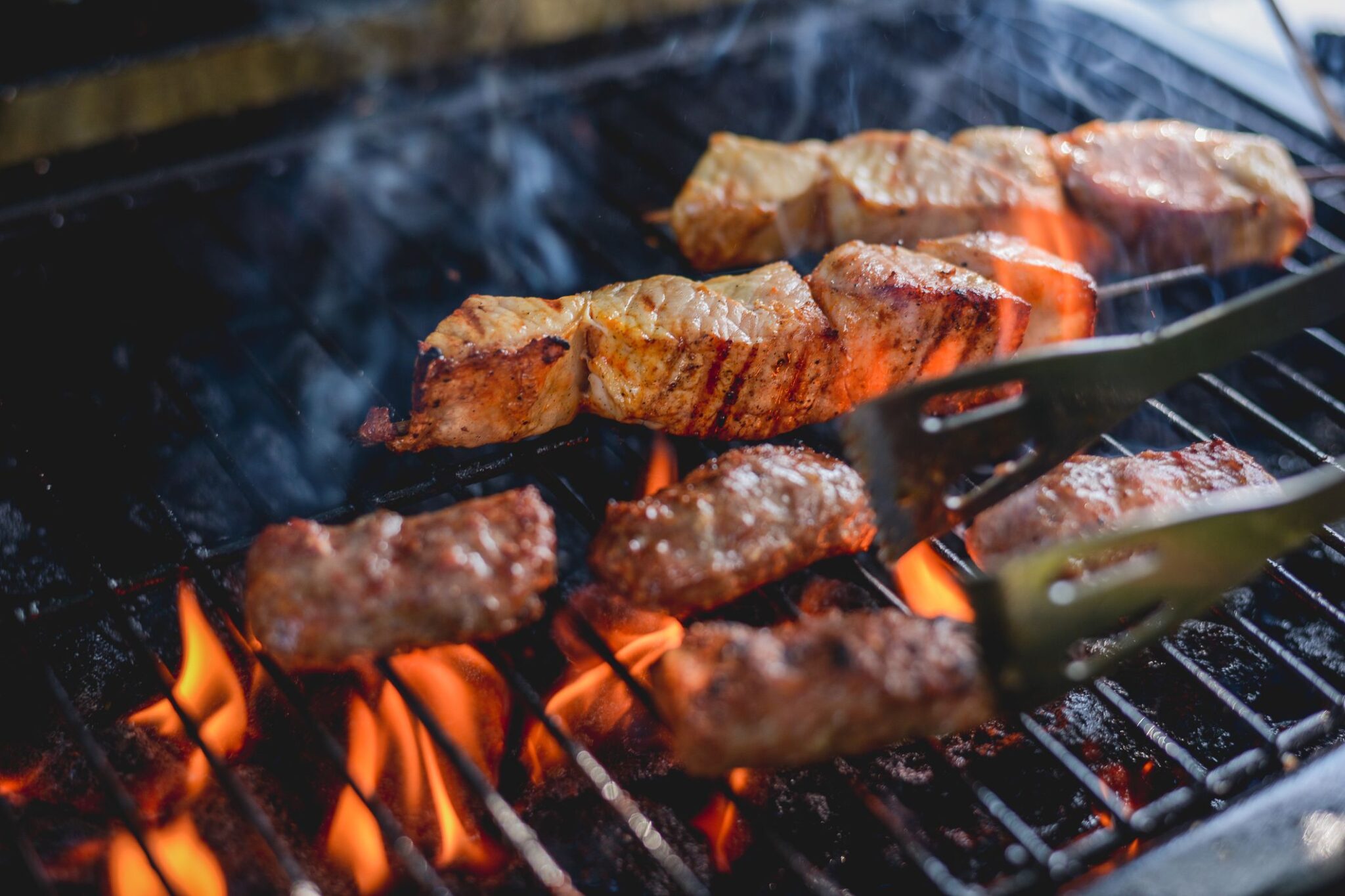
Conversely, if the heat is too low, the food may not develop a desirable texture.
5. Braising
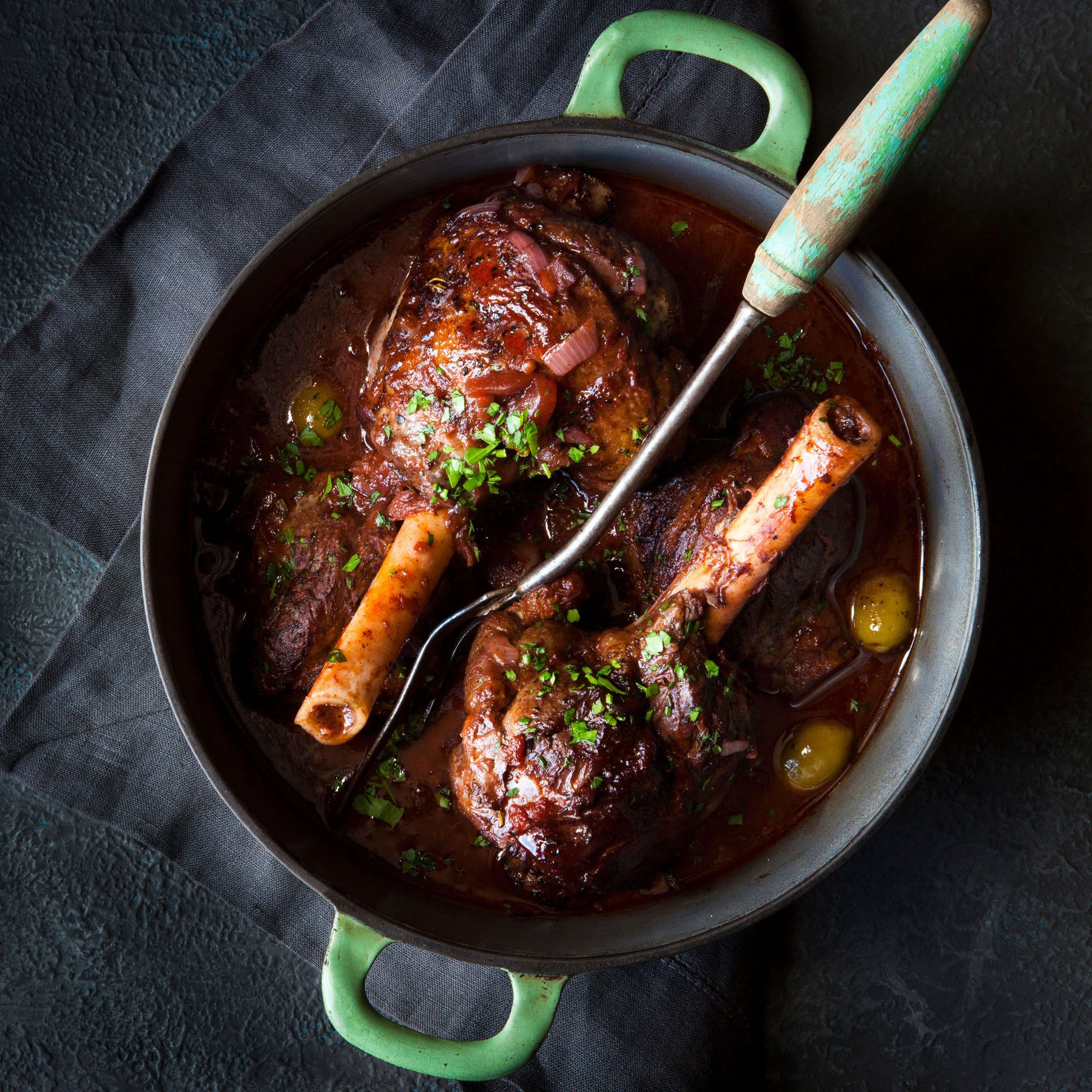
Braising is a great cooking strategy that produces flavorfully delicate meat utilizing a combination of dry and wet hotness. A braise would be viewed as a blend of singing and stewing on a similar cut of beef.
For instance, take an enormous side of hamburger and daintily fry (or sauté) the meat in a skillet. When the outside has gently caramelized (yet not thoroughly cooked through), you then, at that point, move it to an enormous pot with a fixed top.
Next comes the ‘wet’ part of the cooking system, when the hamburger is stewed in its juices or a mix of liquids and sauce for a delicious, slow-cook wrap-up.
6. Searing

Searing is one of the lesser-known cooking methods. The searing is like barbecuing, yet figuring out how to sear will everlastingly change your meat-cooking game!
Cooking utilizes immediate, dry hotness – very much like barbecuing. The fundamental distinction is that cooking happens in a broiler rather than on a grill or barbecue plate.

Along these lines, you can all the more likely control the temperature and level of hotness that is applied to what exactly you’re cooking.
7. Burning
Burning is another famous meat-cooking procedure that utilizes dry hotness to sear the outer layer of the cut at a very high temperature.

It may require some practice, but the general idea is to cook the outer layer of the meat to a slightly rough or unrefined state while keeping the inside cooked to your desired level.
This technique is commonly used for cooking steaks to achieve a lightly browned exterior and a juicy and flavorful center. Singing is usually used to sear fish, particularly fish steaks.
8. Steaming
Presently, we should not fail to remember our vegetables. One of the most mind-blowing cooking procedures you can learn is the craft of steaming. It’s the ideal method for concocting many vegetables, from broccoli and cauliflower to spinach and carrots.
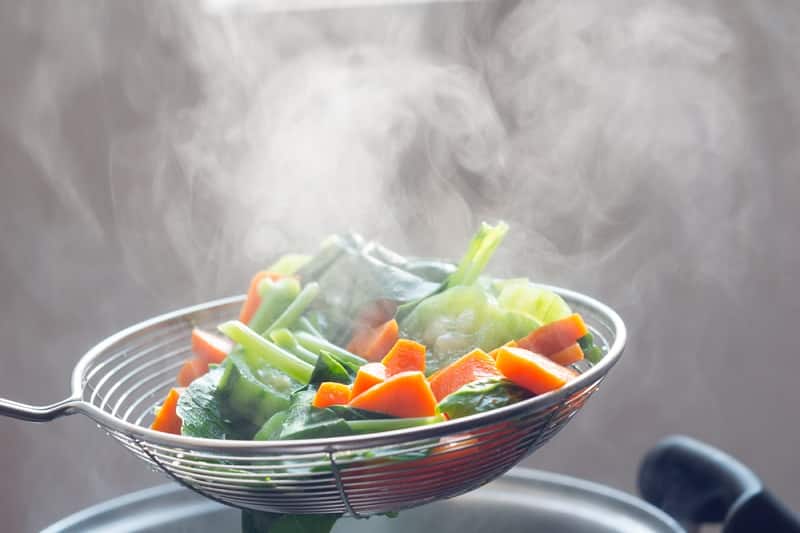
Steaming includes bubbling water until the fluid begins to disintegrate. That steam cooks the vegetables. This strategy assists with keeping in both flavor and supplements.
Burning is likewise the procedure used to cook Dim Sum and different dumplings. As well as new fish and other sorts of fish as well!
FAQs
What is sautéing?
Sautéing is a technique that involves quickly cooking food in a small amount of hot oil or butter in a shallow pan over high heat. This method is commonly used for cooking vegetables, meats, and seafood.
What is roasting?
Roasting is a cooking technique that involves cooking food in an oven at a high temperature, typically 350°F or higher. This method is commonly used for cooking meats, poultry, and vegetables.
What is grilling?
Grilling is a cooking technique that involves cooking food over an open flame or hot coals. This method is commonly used for cooking meats, seafood, and vegetables.
What is boiling?
Boiling is a cooking technique that involves heating a liquid until it reaches its boiling point and bubbles form. This method is commonly used for cooking pasta, vegetables, and eggs.
What is simmering?
Simmering is a cooking technique that involves cooking food in a liquid at a temperature just below its boiling point. This method is commonly used for cooking soups, stews, and sauces.
What is frying?
Frying is a cooking technique that involves cooking food in hot oil or fat. This method is commonly used for cooking fried chicken, fish, and vegetables.
What is baking?
Baking is a cooking technique that involves cooking food in an oven using dry heat. This method is commonly used for cooking bread, cakes, and pastries.
What is braising?
Braising is a cooking technique that involves cooking food in a small amount of liquid at a low temperature for an extended period. This method is commonly used for cooking tougher cuts of meat.
Conclusion
Mastering essential cooking techniques is crucial to becoming a skilled cook. Knowing how to sauté, roast, braise, blanch, grill, bake, poach, and fry will give you the confidence to prepare a wide range of dishes with different flavors and textures.
Understanding these essential cooking techniques allows you to elevate your cooking game and create delicious meals for yourself and others.
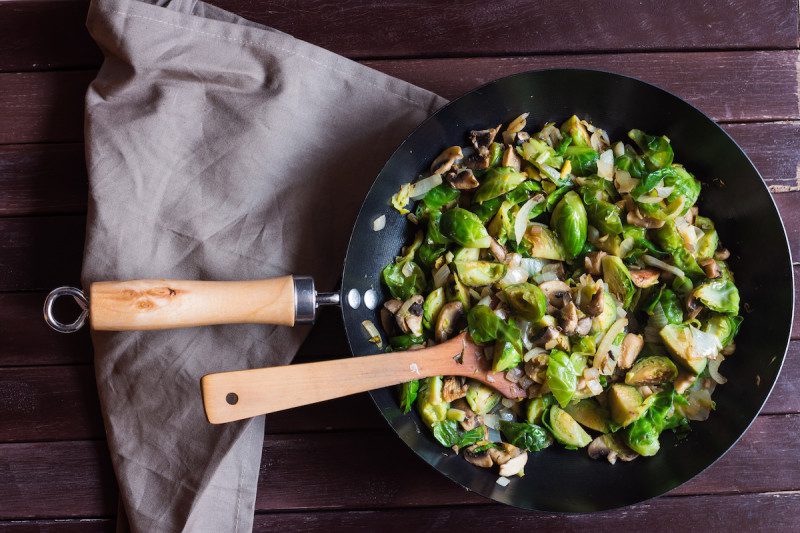
Comments are closed.